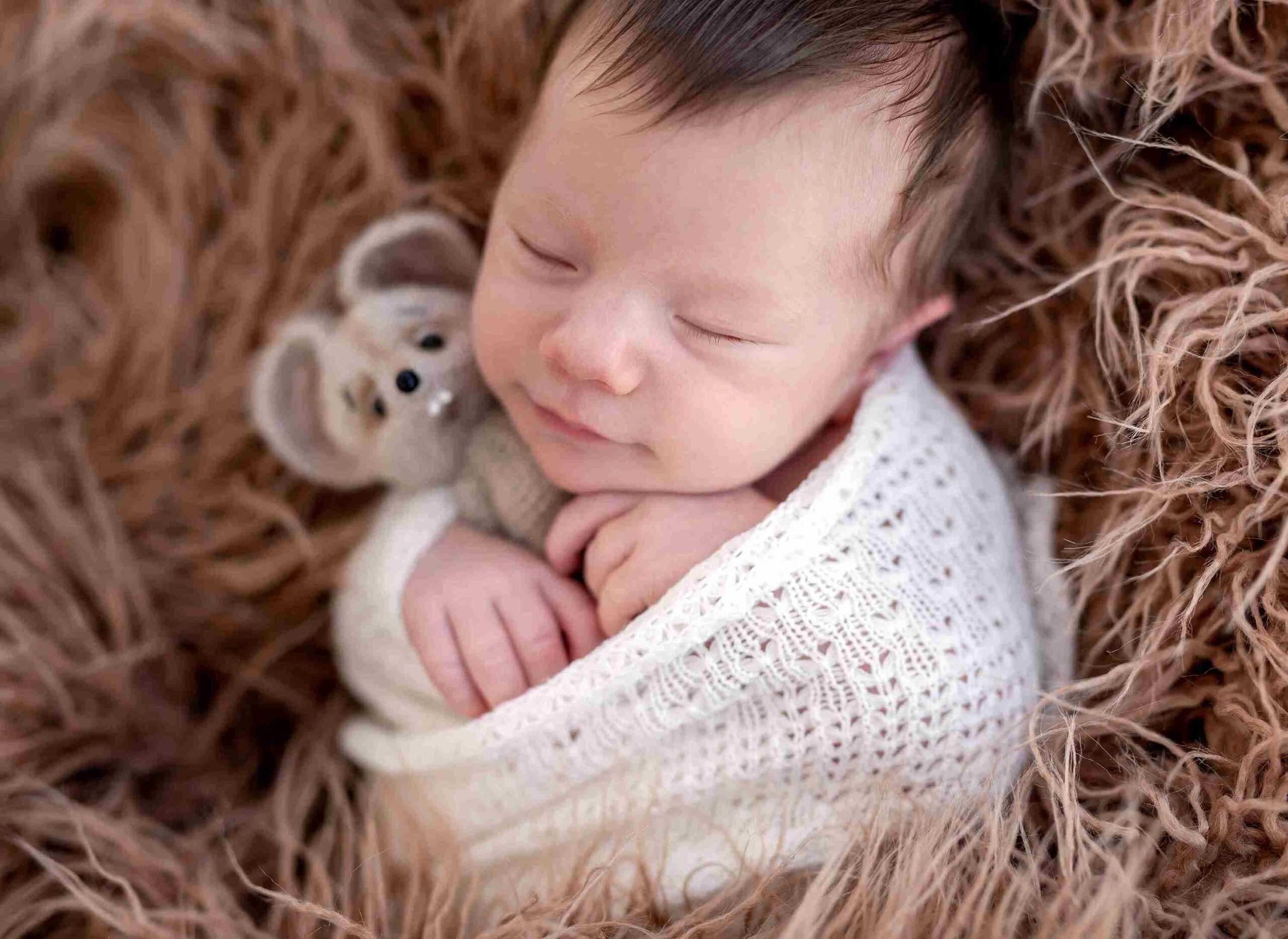
Swaddling and SIDS Prevention: Understanding the Link
Swaddling, the practice of snugly wrapping a newborn in a blanket or cloth, has been a tradition in many cultures for centuries. It is believed to mimic the feeling of being in the womb, providing comfort and security to infants during the early weeks of life.
However, with the rise in awareness of sudden infant death syndrome (SIDS), parents may question whether swaddling is safe for their baby. Understanding the relationship between swaddling and SIDS prevention is crucial for promoting safe sleep practices for newborns.
What is Swaddling?
Swaddling involves wrapping a newborn tightly in a thin blanket or cloth, with their arms secured close to their body. This practice is thought to help calm infants by preventing the startle reflex and promoting better sleep patterns. Swaddling can also create a sense of security for babies, helping them feel safe and comfortable in their new environment.
The Link Between Swaddling and SIDS
Sudden infant death syndrome (SIDS) is the sudden and unexplained death of an otherwise healthy infant, typically during sleep. While the exact cause of SIDS is still unknown, research has identified several risk factors that may contribute to its occurrence. These risk factors include sleeping on the stomach, exposure to tobacco smoke, overheating, and soft bedding.
Benefits of Swaddling
- Promotes Sleep: Swaddling can help infants feel secure and calm, leading to better sleep patterns. By preventing the startle reflex, swaddling allows babies to stay asleep for longer periods, promoting restful sleep for both the baby and parents.
- Reduces Risk of Rolling Over: Swaddling can prevent infants from rolling onto their stomachs while sleeping, which is a known risk factor for SIDS. By keeping babies on their backs, swaddling may help reduce the risk of SIDS in certain situations.
- Enhances Comfort: Many babies find swaddling comforting, as it recreates the snug environment of the womb. Swaddled babies may experience less fussiness and agitation, leading to a more peaceful sleep environment.
Potential Risks of Swaddling
- Overheating: Swaddling can increase the risk of overheating, especially if the baby is wrapped too tightly or if the room temperature is warm. Overheating is a known risk factor for SIDS, so it’s essential to monitor the baby’s temperature and avoid overdressing or using heavy blankets.
- Hip Dysplasia: Improper swaddling techniques or overly tight swaddling can contribute to hip dysplasia, a condition where the hip joint is not properly formed. To prevent hip dysplasia, it’s important to swaddle babies in a way that allows for healthy hip development, with the legs able to move freely.
- Restriction of Movement: Swaddling restricts the movement of the baby’s arms and legs, which may hinder motor development if done for extended periods. It’s important to allow infants opportunities for unrestricted movement and exploration during wakeful periods to support their physical development.
Safer Swaddling Practices
To ensure safe swaddling and reduce the risk of SIDS, consider the following guidelines:
- Use Lightweight Blankets: Choose thin, lightweight blankets made of breathable materials such as muslin or cotton to prevent overheating.
- Keep the Head Uncovered: Avoid covering the baby’s head while swaddling to prevent the risk of overheating and ensure proper airflow.
- Leave Room for Hip Movement: Swaddle the baby’s arms snugly but leave room for the legs to move freely and avoid tight wrapping around the hips.
- Stop Swaddling When Baby Can Roll Over: Once the baby starts showing signs of rolling over independently, it’s time to transition out of swaddling to reduce the risk of suffocation.
Finding a Balance
Swaddling can be a useful tool for promoting comfort and sleep in newborns, but it’s essential to practice safe swaddling techniques to minimize the risk of SIDS and other potential harms. By understanding the link between swaddling and SIDS prevention and following safer sleep guidelines, parents can provide their newborns with a safe and comfortable sleep environment.

Swaddling Myths Debunked: What You Really Need to Know About Swaddling Your Newborn

Safe Sleep Practices for Newborns: What Every Parent Should Know









